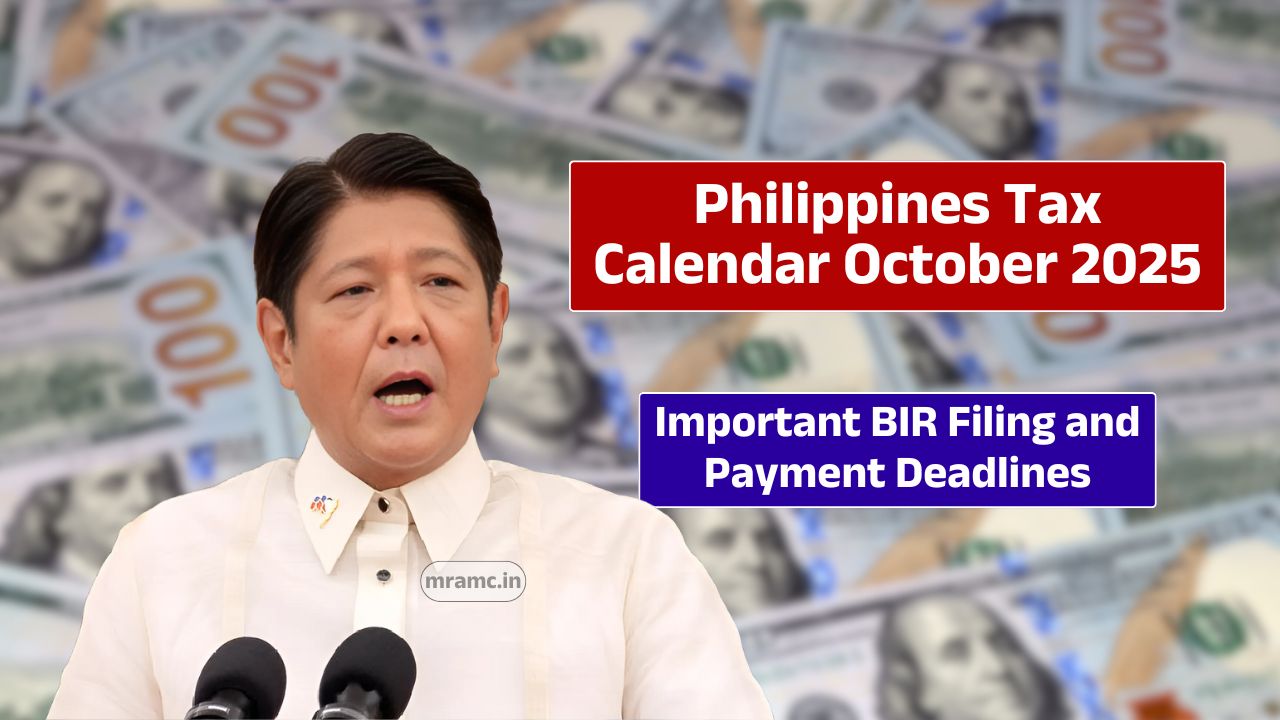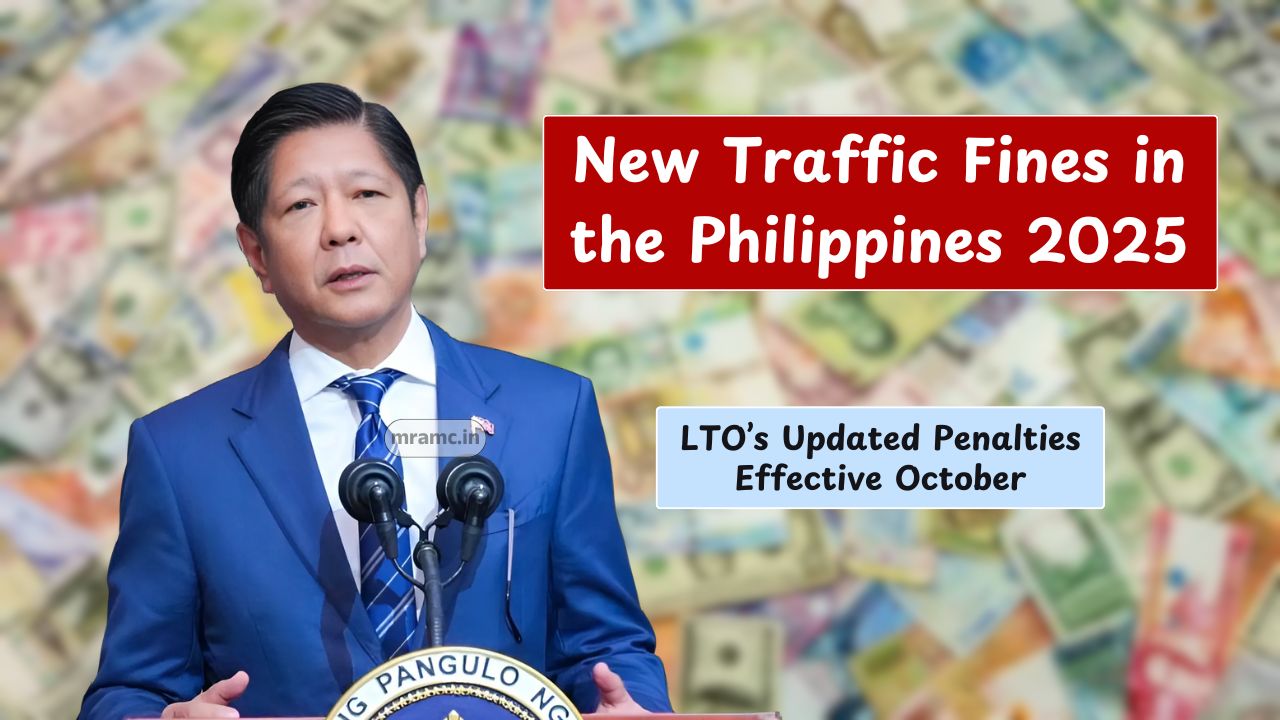For many elderly Filipinos, life after 60 often means rising medical bills, expensive food costs, and very little income to rely on. Daily living becomes a struggle, especially for those without family support or other pensions.
To address this, the government—through the Department of Social Welfare and Development (DSWD)—proposed increasing the Social Pension for Indigent Senior Citizens from just ₱500 per month to ₱6,000 per month.
This initiative, known as the ₱6,000 Universal Social Pension, seeks to improve the quality of life for vulnerable seniors by giving them enough to cover food, medicines, shelter, and basic living needs. Let’s go over the key details, eligibility requirements, challenges, and the overall impact of this pension increase.
Overview
The ₱6,000 Universal Social Pension is a reform under the long-running Social Pension for Indigent Senior Citizens program. For years, seniors received only ₱500 monthly, released quarterly, which barely covered essentials.
The proposed increase to ₱6,000 is a massive step forward in acknowledging seniors’ growing expenses.
Here’s a quick overview of the program:
| Details | Information |
|---|---|
| Authority | Department of Social Welfare and Development (DSWD) |
| Program Name | Social Pension for Indigent Senior Citizens |
| Country | Philippines |
| Proposed Amount | ₱6,000 |
| Previous Pension | ₱500 per month |
| Payment Frequency | Quarterly (every 3 months) |
| Payment Method | Cash payout / financial service providers |
| Beneficiaries | Filipino seniors aged 60+ with no income or pensions |
| Official Website | https://www.dswd.gov.ph/ |
Eligibility
Not every senior automatically qualifies for the ₱6,000 pension. The program targets only the most vulnerable groups, focusing on seniors with no income or financial support.
Expected eligibility requirements include:
- Must be a Filipino citizen aged 60 or above
- No steady income, work, or pension from government or private agencies
- Priority for indigent seniors, sick individuals, and persons with disabilities (PWDs)
- Seniors fully supported by their families may not qualify
- Applicants must apply through the Office of Senior Citizens Affairs (OSCA) or DSWD
Required Documents
Applicants need to prepare documents to verify their eligibility:
- Valid government-issued ID
- Proof of residence (barangay certificate or utility bill)
- Birth certificate
- Medical certificate (for seniors with health issues)
- Accomplished application form (from OSCA or DSWD)
Challenges
While the ₱6,000 pension program has noble intentions, it faces several hurdles.
- Funding issues: With millions of seniors potentially qualifying, the government needs a very large budget.
- Payment delays: Seniors heavily rely on this pension, so even small delays can cause significant hardship.
- Mismanagement risks: Errors or corruption may prevent the right beneficiaries from receiving support.
- Strict requirements: Seniors missing documents could be disqualified, even if they are in genuine need.
These challenges highlight the need for efficient systems and proper monitoring to ensure the program truly benefits its intended recipients.
Impact
The impact of a ₱6,000 monthly pension extends far beyond the seniors themselves. In many Filipino households, grandparents play an active role in supporting their families. With additional pension funds, seniors can contribute to:
- Buying food and medicines
- Helping with electricity, water, or rent payments
- Supporting grandchildren’s education
- Lessening the financial load on their children
In short, the pension doesn’t just improve the seniors’ lives—it uplifts entire families by easing overall financial stress.
Application
Applying for the ₱6,000 Universal Social Pension is straightforward but requires effort to gather documents. Here’s how:
- Visit the Office of Senior Citizens Affairs (OSCA) or the nearest DSWD office.
- Secure and complete the official pension application form.
- Submit the form along with required documents such as valid ID, proof of residence, and birth certificate.
- If applicable, attach a medical certificate for seniors with health conditions.
- Wait for validation and approval from DSWD officials.
Once approved, beneficiaries are added to the official pensioners list. Payments are usually released every quarter, either through cash payouts or partner financial service providers.
The ₱6,000 Universal Social Pension represents a lifeline for millions of indigent seniors in the Philippines. While it faces funding and implementation challenges, its potential to reduce poverty and uplift families is undeniable.
With proper management, this pension can bring dignity, security, and relief to elderly Filipinos who deserve comfort after years of hard work.
FAQs
What is the ₱6,000 Universal Pension?
It’s a proposed increase in senior pensions under DSWD.
Who qualifies for the ₱6,000 pension?
Filipino seniors 60+ with no income or other pensions.
How often is the ₱6,000 pension paid?
It is released quarterly, every 3 months.
What documents are required to apply?
Valid ID, proof of residence, birth certificate, and OSCA form.
Where to apply for the ₱6,000 pension?
At your local OSCA or nearest DSWD office.

















